French Bulldogs, affectionately known as “Frenchies,” are beloved for their compact size, distinctive bat-like ears, and amiable personalities. As one of the most popular dog breeds in urban settings, they capture the hearts of dog lovers not only with their playful and affectionate demeanor but also through their stunning variety of coat colors. These colors range from the classic brindle to the rare and striking blue, making each Frenchie uniquely captivating. The American Kennel Club (AKC) recognizes specific colors and patterns for registration purposes, emphasizing the breed’s diverse palette. Exploring the various French Bulldog colors not only sheds light on aesthetic aspects but also genetic implications, as some colors are linked to specific health issues. This article delves into seven stunning color variations of the French Bulldog, illustrating the breed’s remarkable versatility and allure.
1. Brindle
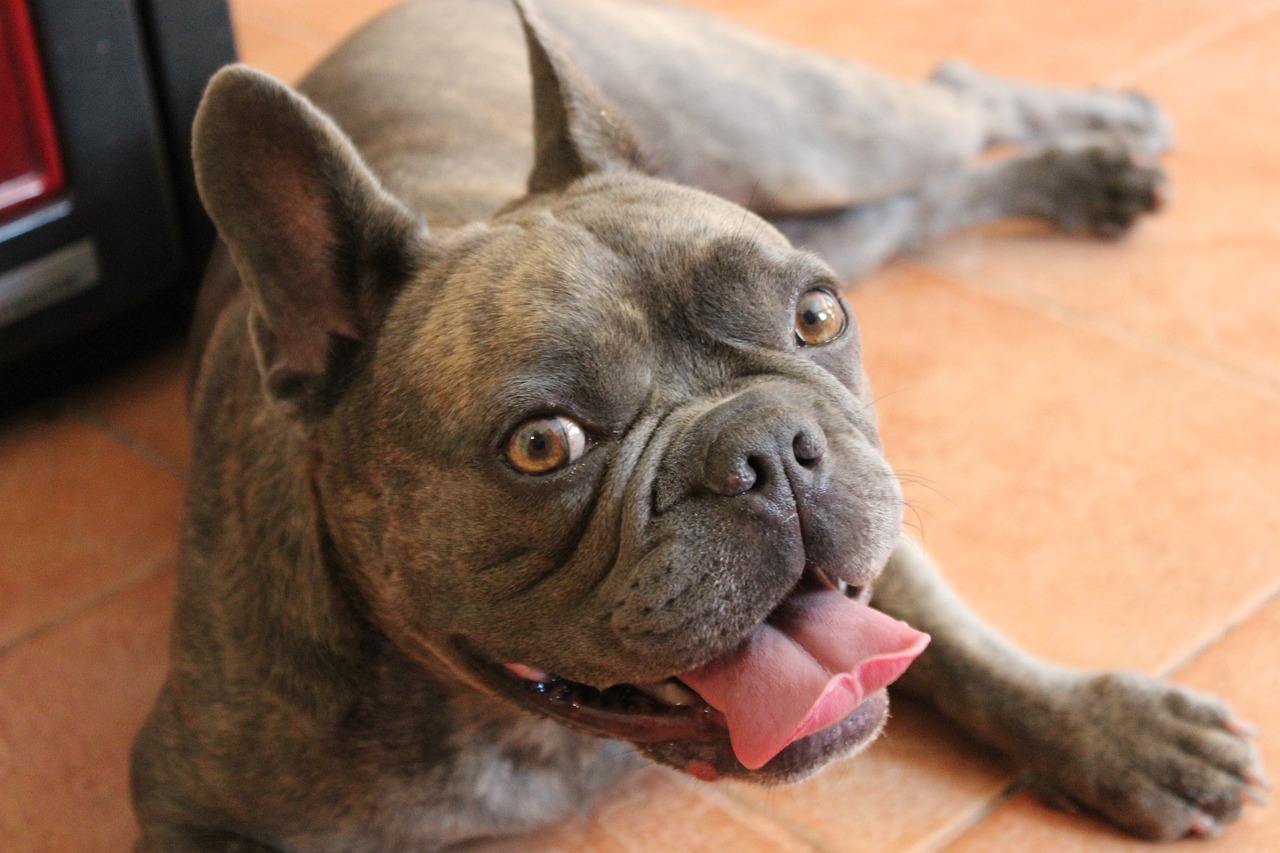
Brindle French Bulldogs feature a dark coat interspersed with lighter-colored strands, giving them a tiger-stripe or marbled appearance. This coloration is one of the most traditional and widely recognized among French Bulldogs. The intensity of the brindle pattern can vary significantly from predominantly dark to light. A rich tapestry of dark browns and blacks mixes seamlessly with lighter creams or tans, creating a dynamic and visually captivating texture. This coat pattern not only enhances the muscular contours of these small dogs but also contributes to their robust appearance. Brindle Frenchies are particularly admired for their striking, bold looks that stand out both in urban settings and at dog shows.
2. Fawn
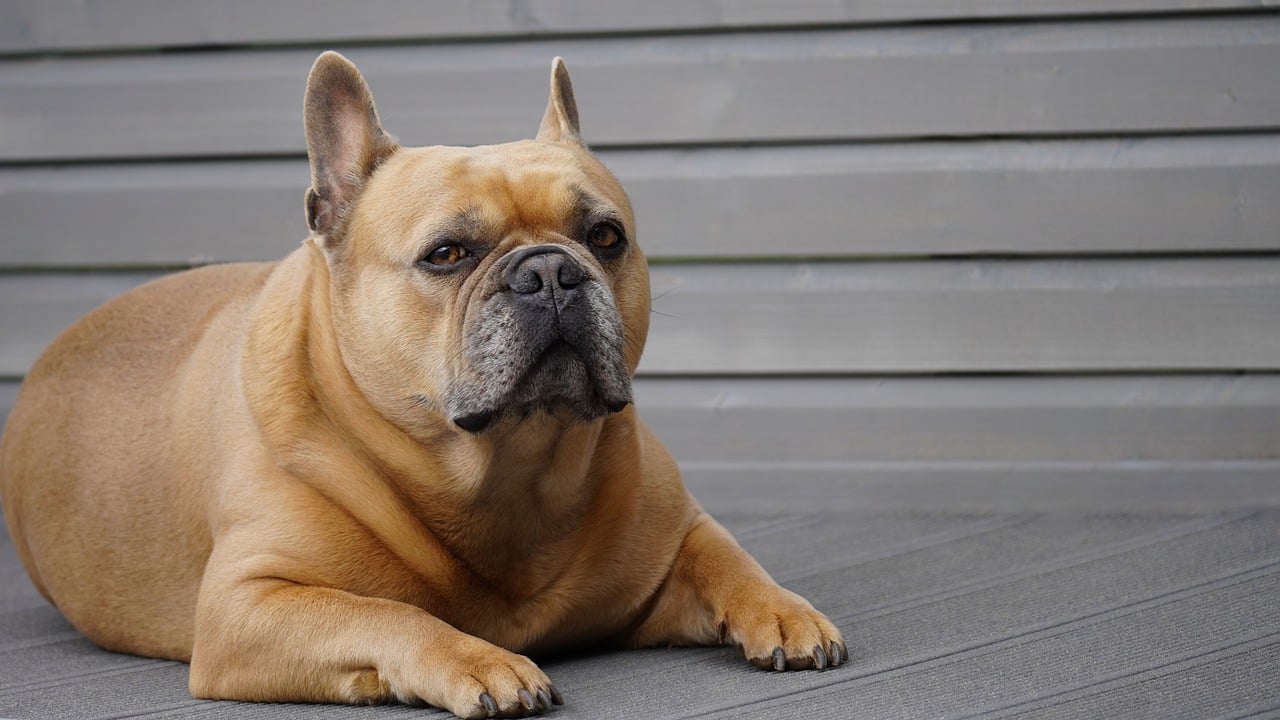
Fawn is another classic French Bulldog color, featuring a warm, creamy beige that can range from light, almost white, to a deep reddish hue. The uniformity of the fawn color showcases the smooth, velvety texture of the French Bulldog’s coat, highlighting their soft features and expressive eyes. Fawn Frenchies often have a distinct dark mask around the nose and eyes, enhancing their endearing facial expressions. This color exudes an elegant simplicity, making it a favorite among those who prefer a more understated canine companion. The fawn French Bulldog is not only beautiful but also tends to have a calm and loving temperament, mirroring the gentle appearance of their coat.
3. Pied

Pied, or piebald, French Bulldogs are marked by patches of dark color over a predominantly white base. This color pattern is dramatic and eye-catching, with each pied Frenchie displaying a unique pattern that can include spots and splashes of black, brindle, or even fawn. The stark contrast between the white and darker colors gives pied French Bulldogs a dapper, unmistakable appearance. Owners and breeders alike cherish pied Frenchies for their distinctive, patchwork quilt-like markings, which ensure no two dogs look exactly alike. This variation embodies the playful spirit of the breed and adds an element of surprise to their appearance, as the distribution of patches can vary widely from one dog to another.
4. Cream
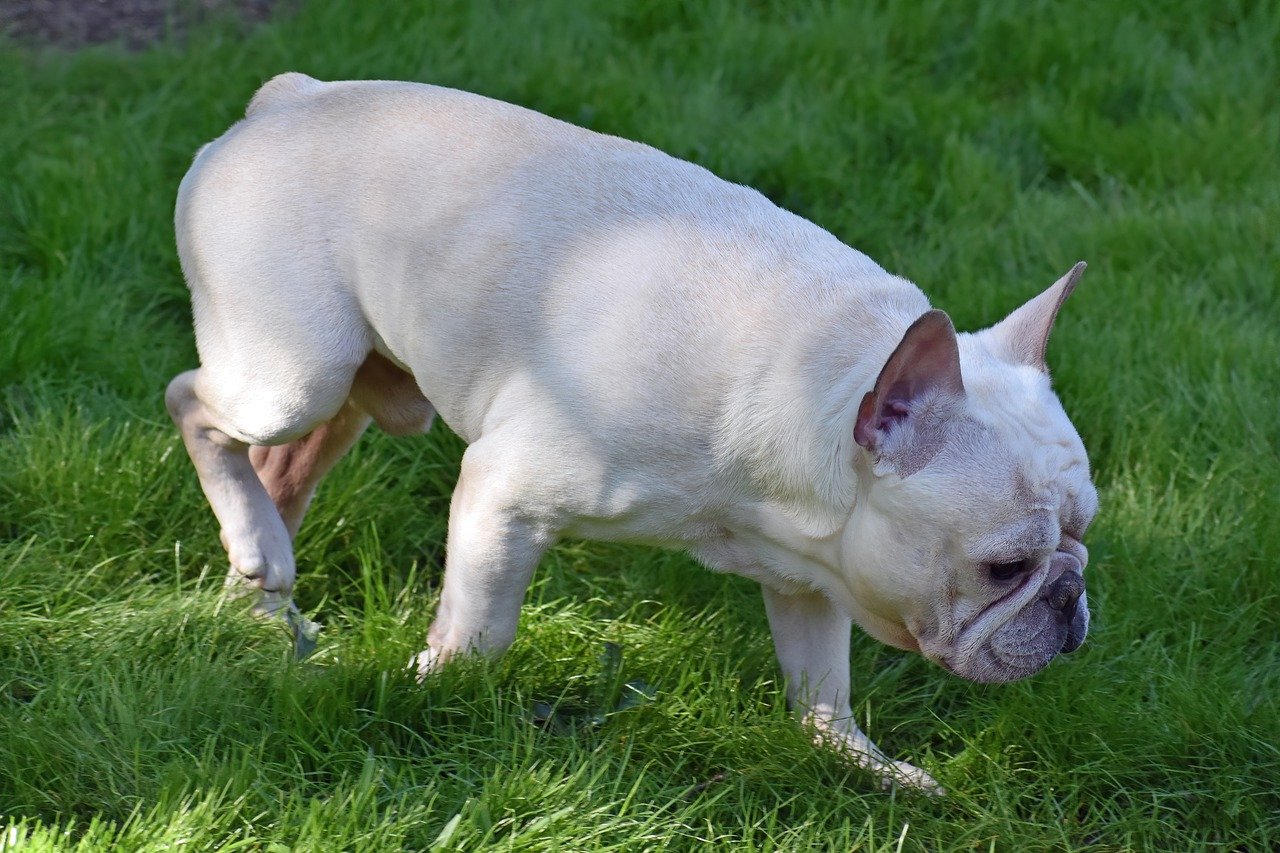
Cream French Bulldogs sport a soft, pale, off-white coat that exudes a subtle elegance. Unlike the stark whites, the cream color has a warm undertone that gives these dogs a plush, inviting look. Cream Frenchies are often mistaken for white due to their light coloring, but a closer look reveals a distinct creamy shade that sets them apart. This color is particularly popular for its chic, minimalist appeal and the way it highlights the French Bulldog’s charming features, such as their rounded eyes and smashed face. The cream coat also offers a smooth canvas that accentuates the breed’s affectionate expressions and playful demeanor.
5. Blue

Blue French Bulldogs possess a rare and enchanting coat color that appears as a soft, steely gray. This color results from a specific genetic trait that dilutes the typical black fur, creating a mesmerizing bluish tint. Blue Frenchies often captivate onlookers with their novel appearance and glossy coats. However, it’s important to note that blue coloration is associated with certain health concerns, including a predisposition to skin conditions such as color dilution alopecia. Despite these potential issues, blue French Bulldogs continue to be highly sought after for their unusual beauty and the unique presence they bring to any setting.
6. Chocolate

Chocolate French Bulldogs have a rich, deep brown color that is both rare and visually striking. This lush, velvety coat is the result of a recessive gene that must be present in both parents to manifest in their offspring. Chocolate Frenchies often have captivating amber or green eyes, contrasting beautifully with their dark coats. The luxurious appearance of the chocolate color lends an air of exclusivity and allure to these dogs, making them prized possessions in the world of canine enthusiasts. As with other rare colors, chocolate French Bulldogs may be prone to specific genetic health issues, making responsible breeding practices essential.
7. Merle
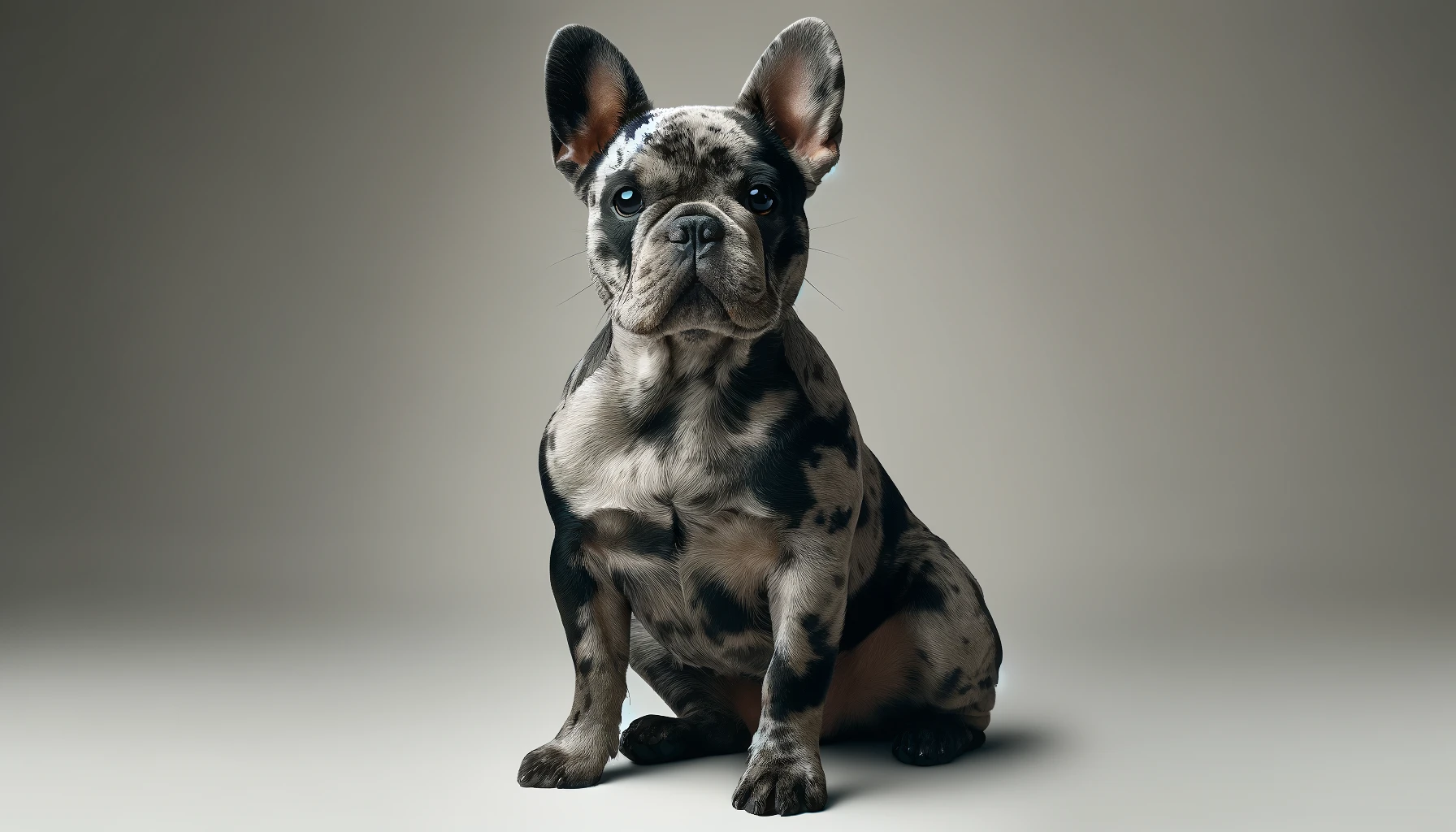
Merle French Bulldogs are truly unique, featuring mottled patches of color in their coats. This striking pattern is caused by a gene that creates random dilutions in pigment, resulting in a coat that can include blues, grays, and odd-colored eyes. The merle pattern is especially prized for its aesthetic appeal and the dramatic effect it has on the overall appearance of the dog. Each Merle Frenchie is distinct, with no two patterns being exactly alike. Potential owners need to be aware that the Merle gene can also lead to increased health risks, including auditory and visual impairments, necessitating careful consideration and ethical breeding practices.
In conclusion, French Bulldogs offer a delightful array of colors that cater to a wide range of aesthetic preferences. From the understated elegance of cream to the dramatic flair of merle, each color variation brings its unique charm and set of considerations. As the popularity of French Bulldogs continues to rise, prospective owners are encouraged to learn about the implications of each color, not only in terms of appearance but also regarding health and well-being. Choosing a French Bulldog for its color should always be balanced with an understanding of genetic health to ensure that these wonderful companions live long, healthy lives.
Frequently Asked Questions About French Bulldog Colors
1. What are the officially recognized AKC colors for French Bulldogs?
The American Kennel Club (AKC) recognizes several standard colors for French Bulldogs. These include brindle, cream, fawn, white, and combinations of these colors with piebald patterns. Brindle is a common color and involves a dark coat with lighter stripes. Fawn ranges from light tan to a darker reddish hue. Cream is a pale, off-white color. White French Bulldogs are entirely or mostly white, and pied refers to any of these colors combined with significant white patches. Recognizing these colors is essential for pedigree registration and ensures breeders adhere to standards that help maintain the breed’s health and characteristics.
2. Can French Bulldogs be black and is it a recognized color?
Yes, French Bulldogs can indeed be black, but it is important to note that pure black is not a color officially recognized by the American Kennel Club (AKC) for show purposes. A pure black French Bulldog has a coat that is solid black without any traces of brindle, which is very rare. While black French Bulldogs are popular due to their sleek appearance, they are considered a ‘non-standard’ color in the eyes of the AKC, which can impact their eligibility in confirmation shows. However, black Frenchies are just as healthy and lovable as their standard-colored counterparts.
3. What is the rarest color of French Bulldog?
The rarest color of French Bulldog is the blue merle. Merle is a genetic pattern that creates a mottled or patchy pattern of colors, and blue merle involves shades of gray and black that create a striking appearance. This color is rare due to the specific genetic combination required to produce the merle pattern. Potential owners need to know that while Merle French Bulldogs are highly sought after for their unique looks, the merle gene can be associated with serious health issues, including increased risks of deafness and blindness.
4. Are there any health concerns associated with certain French Bulldog colors?
Yes, certain French Bulldog colors are linked to specific health issues primarily due to the genetics involved in coat color. For example, blue French Bulldogs carry a gene that dilutes the black color, which can also lead to a condition known as Color Dilution Alopecia (CDA). This condition causes hair thinning and skin problems. Similarly, Merle French Bulldogs can be susceptible to auditory and visual problems, including an increased risk of deafness and blindness. Potential owners should carefully consider these factors and prioritize health screenings and ethical breeding practices.
5. Why are chocolate French Bulldogs rare?
Chocolate French Bulldogs are rare because the chocolate color requires both parents to carry the recessive chocolate gene. The gene responsible for this color dilutes the black pigment to a rich brown, and because it is recessive, both parents must have the gene for their puppies to potentially inherit it. Chocolate Frenchies are not only rare but also highly sought after for their unique and luxurious coat color. Breeders aiming to produce chocolate French Bulldogs must carefully select breeding pairs to increase the likelihood of producing puppies with the desired color, which adds to their rarity.
6. Can French Bulldogs have different colored eyes?
Yes, French Bulldogs can have different colored eyes, a condition known as heterochromia, though it is quite rare. This can be especially striking in Merle French Bulldogs, where the merle gene affects pigmentation not only in the coat but also in the iris of the eye, leading to one blue eye and one that is brown or hazel. Heterochromia does not typically affect the dog’s vision, but it does contribute to the unique appearance of those French Bulldogs that possess this trait.
7. What does a “pied” French Bulldog look like?
A pied French Bulldog has a predominantly white coat with several clearly defined patches of another color, such as black, brindle, or fawn. This pattern is also known as piebald. The amount and placement of colored patches can vary significantly from one pied French Bulldog to another, making each dog distinctly unique. Pied Frenchies are particularly cherished for their striking, almost patchwork-like appearance that stands out both in appearance and charm.
8. Is the cream color in French Bulldogs considered desirable?
Cream in French Bulldogs is considered highly desirable among many enthusiasts and prospective owners. This color features a beautiful, even pale off-white coat that exudes elegance and is often associated with a luxurious appearance. Cream French Bulldogs carry a version of the fawn gene that dilutes the color to a softer hue, creating their distinctive creamy coat. Their popularity is also due to their photogenic quality and the way this light color highlights the breed’s playful and affectionate expressions.
9. How do breeders achieve unusual colors in French Bulldogs?
Breeders achieve unusual colors in French Bulldogs through selective breeding practices that involve choosing specific dogs to carry forward desired traits, including coat color. Colors such as blue, chocolate, and merle are the result of recessive genes, which means both parents must carry the gene to produce puppies with these colors. Ethical breeders pay close attention to genetics not only to achieve these colors but also to ensure they are breeding healthy dogs, as some color genes can be linked to health problems. This requires a deep understanding of canine genetics and responsible breeding practices.
10. What are the implications of owning a non-standard color French Bulldog?
Owning a non-standard color French Bulldog, such as blue, chocolate, or merle, often comes with both aesthetic appeal and potential challenges. While these colors can be visually stunning and unique, they are sometimes linked with specific health issues that require careful management. Additionally, these non-standard colors may not be recognized by breed standards in various kennel clubs, which can affect their eligibility in show competitions. Potential owners should be prepared for possible increased veterinary care and should ensure they are supporting ethical breeding practices that prioritize the health of the animals.

 1 week ago
12
1 week ago
12
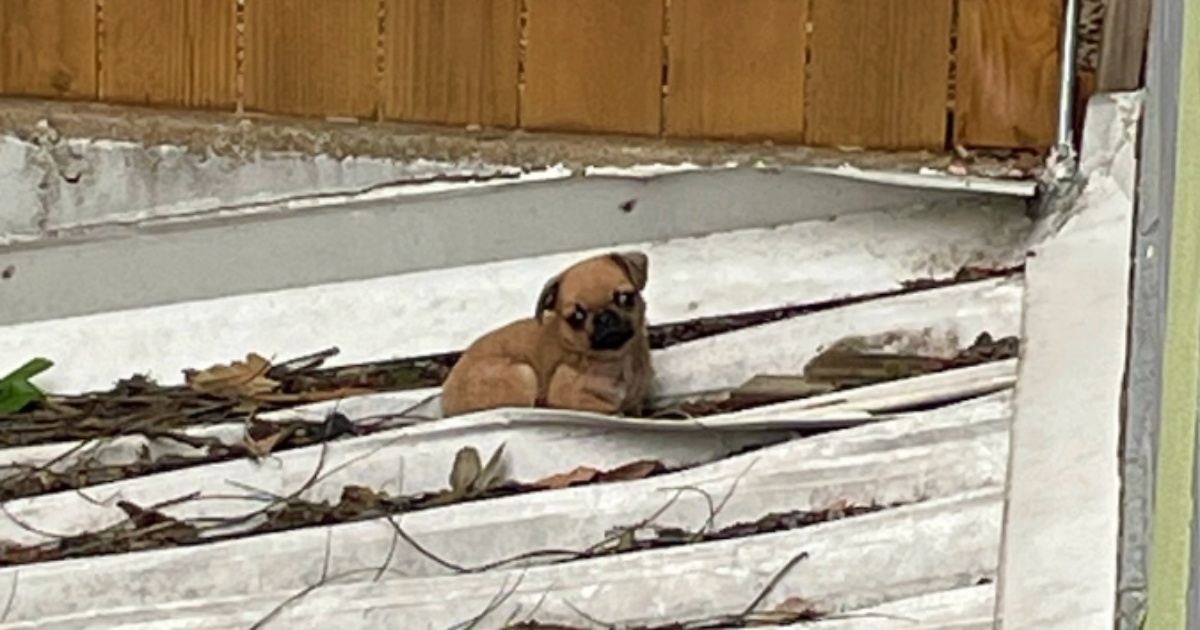

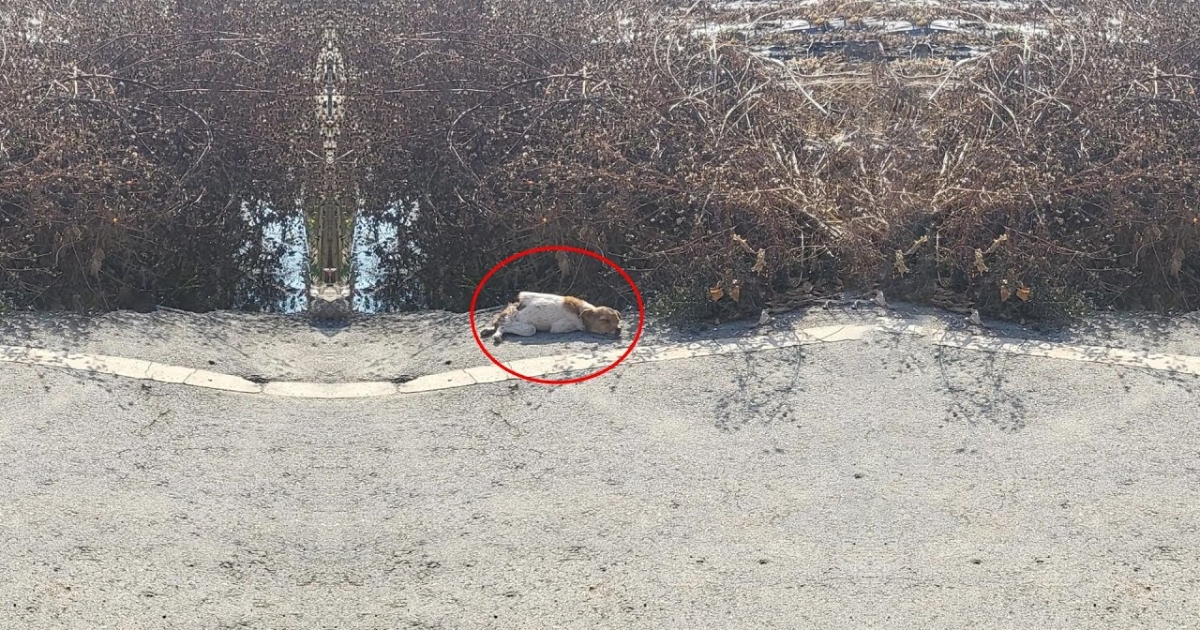


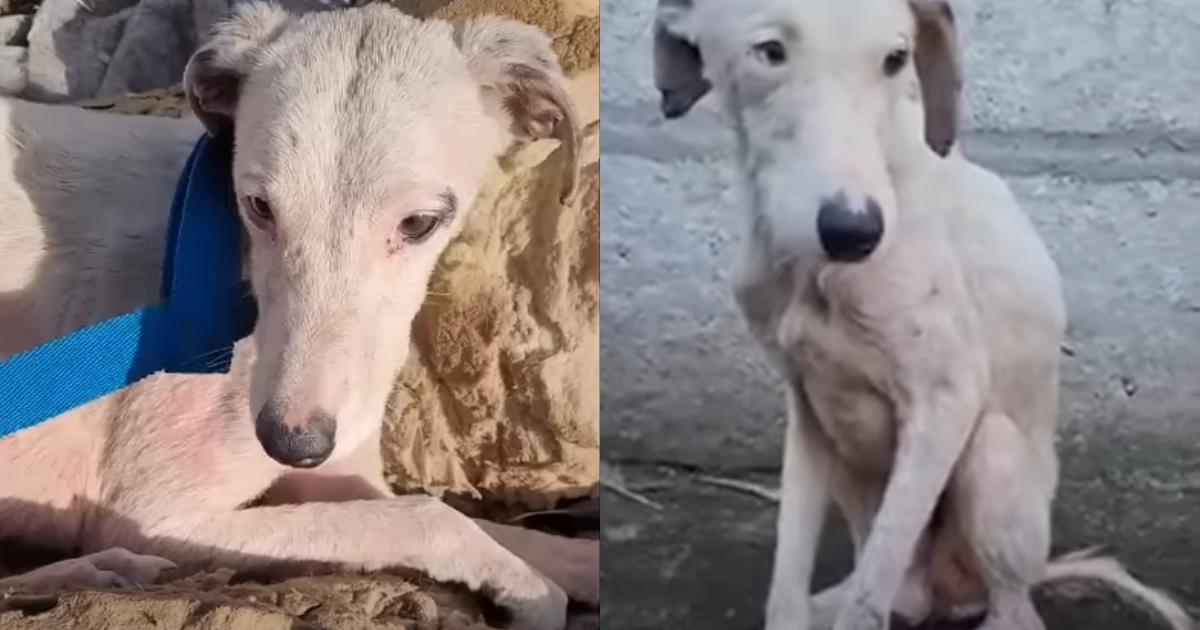
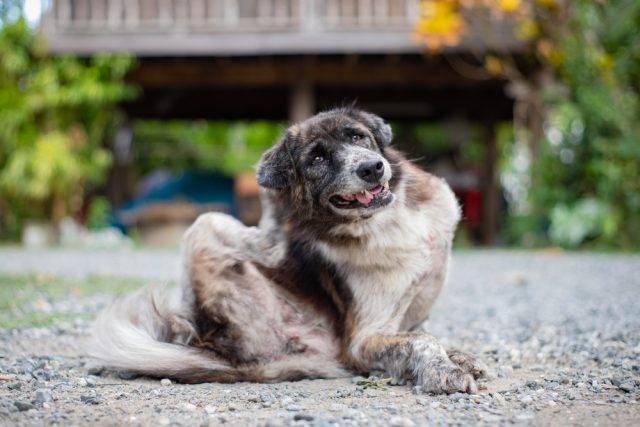
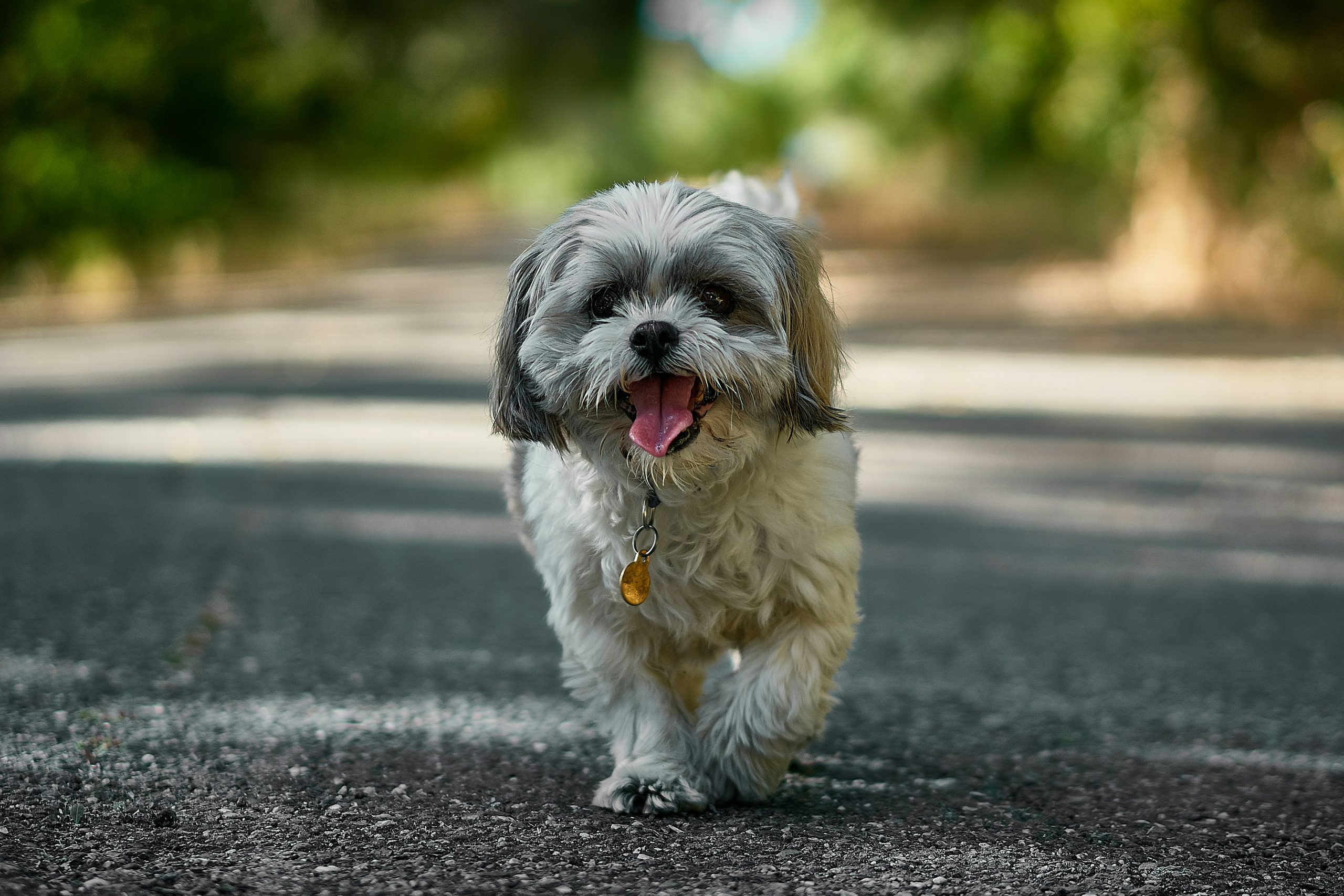
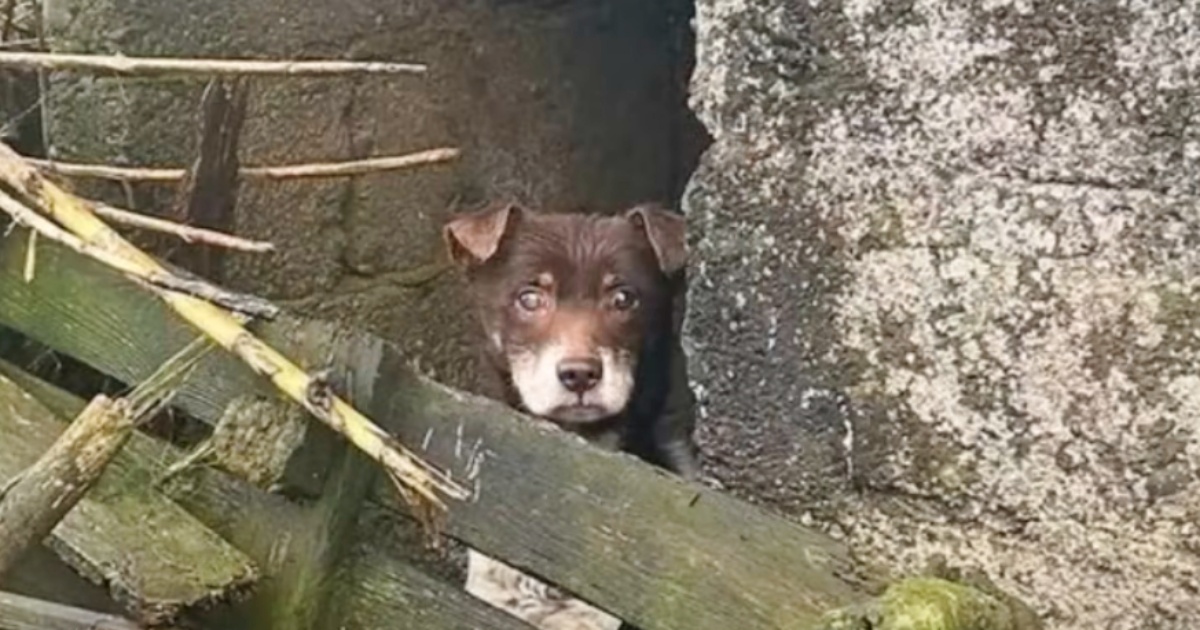

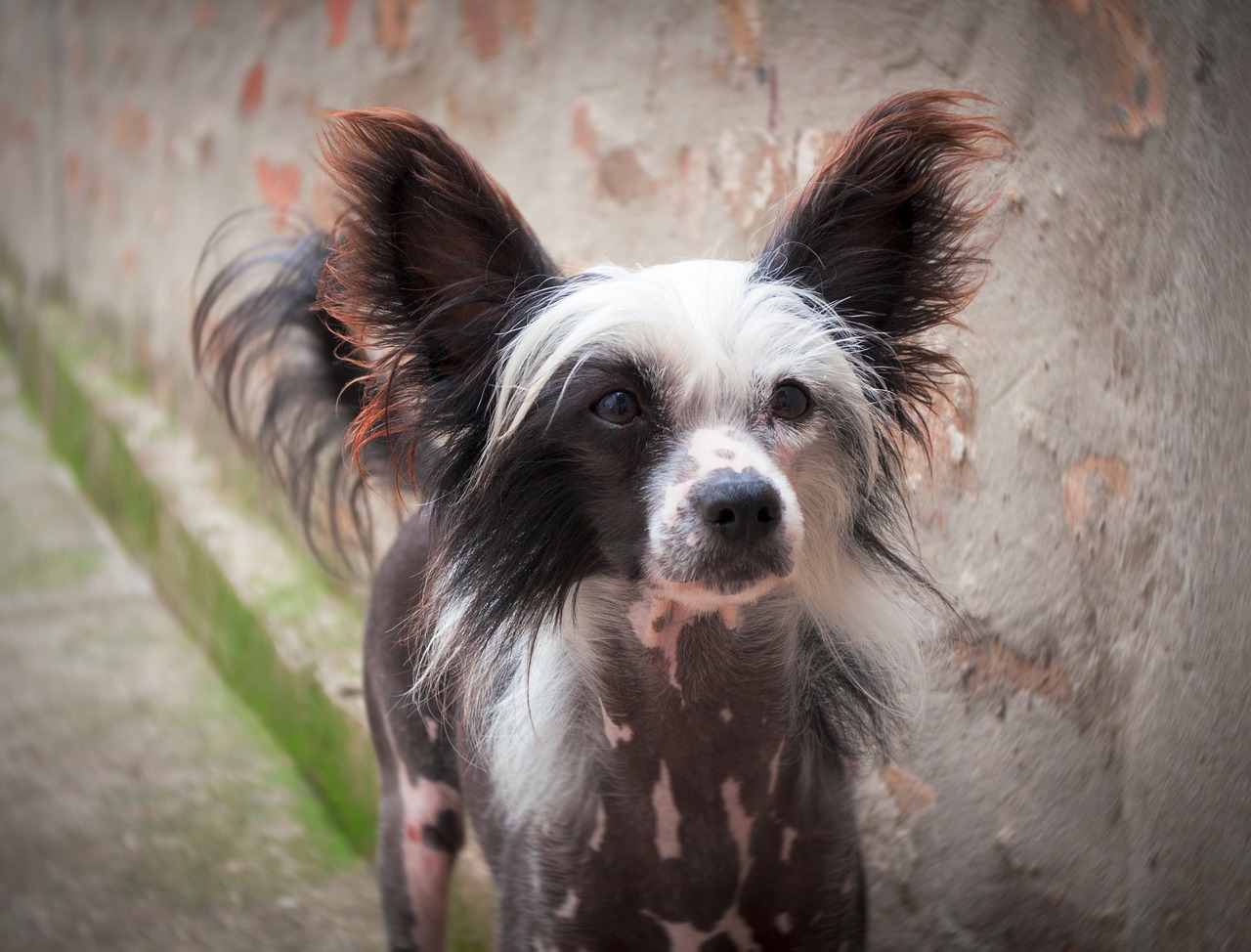




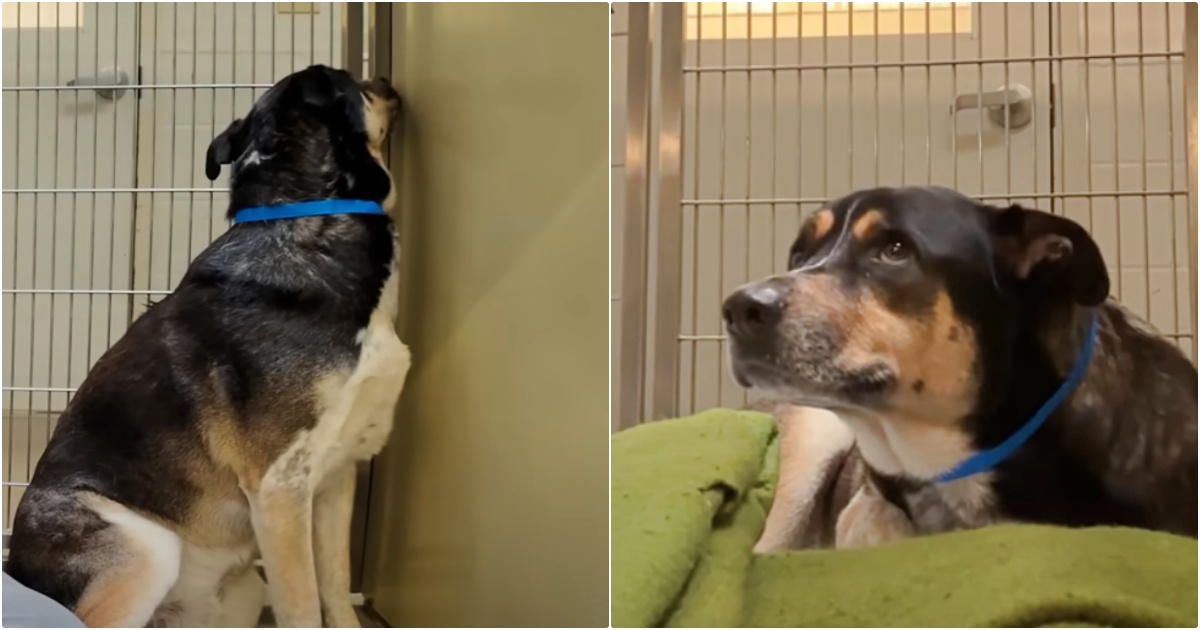
![Cost of a Borzoi Puppy by US Region [2024]](https://iheartdogs.com/wp-content/uploads/2024/04/borzoi-4950553_1280.jpg)
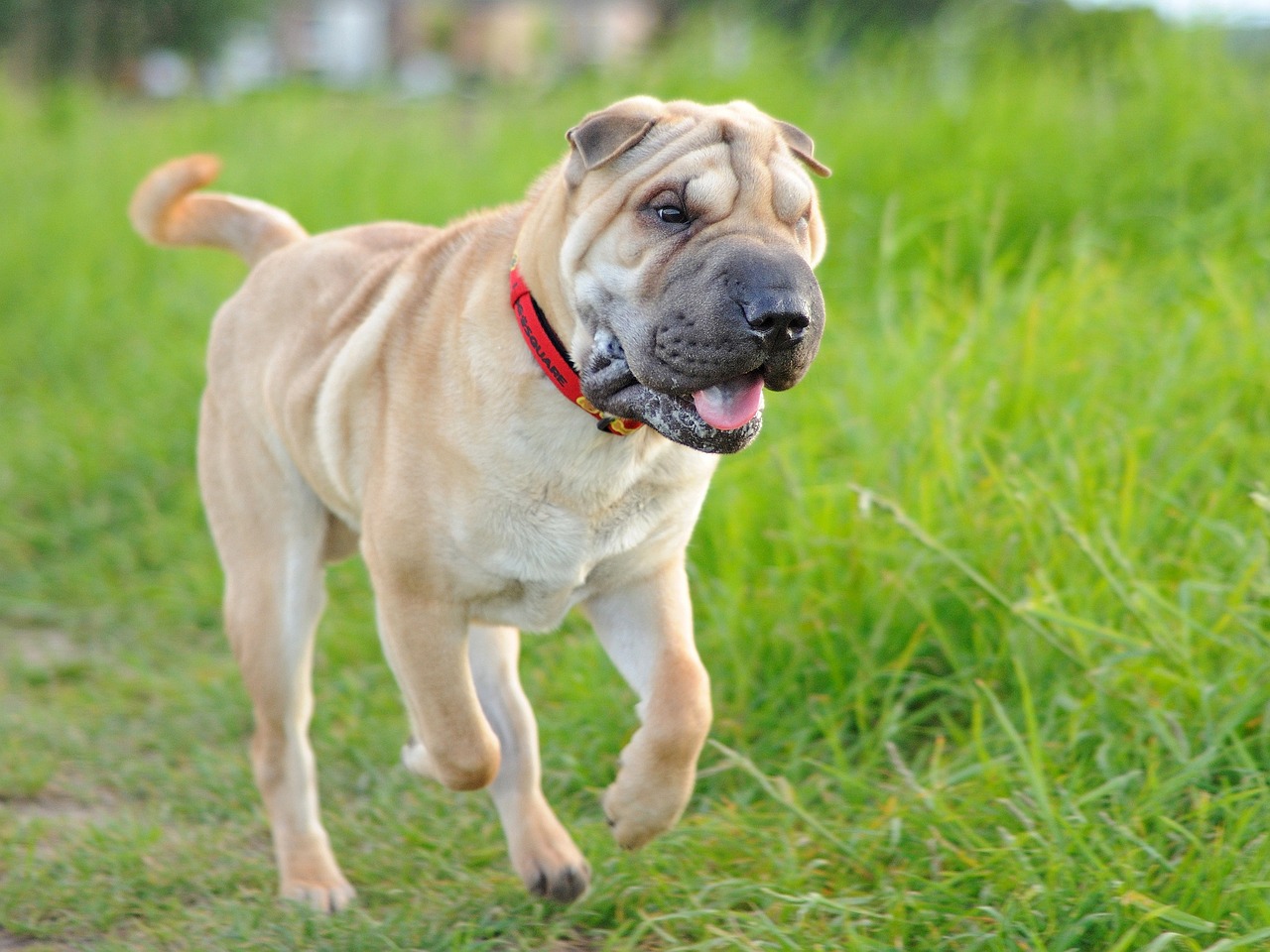
 English (US) ·
English (US) ·